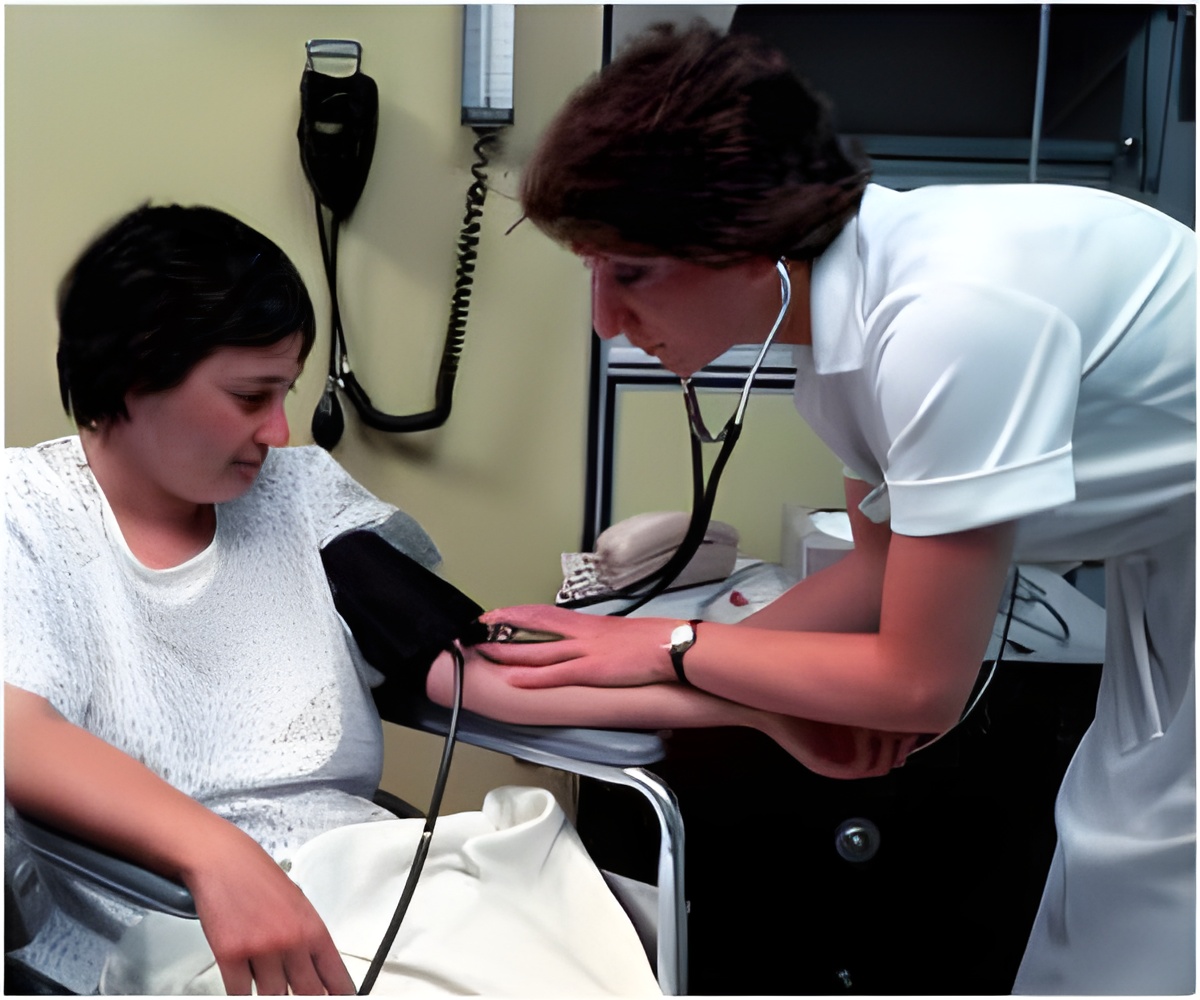Some of the sickest Californians often have the hardest time communicating with their doctors in the nation's most diverse state.

The findings are significant given that, in 2009, nearly one in eight HMO enrollees in California was considered "limited English proficient" (LEP) and approximately 842,000 LEP individuals were enrolled in commercial HMOs. And while roughly a third (36.4 percent) of LEP enrollees in commercial HMOs reported being in fair or poor health, this same group accounted for nearly two-thirds (63.5 percent) of those reporting communication troubles with their doctors.
LEP individuals will make up a sizable portion — as much as 36 percent — of California's newly insured population after the implementation of the Affordable Care Act, including those projected to be enrolled through the state's health insurance exchange, Covered California.
"The sickest people are having the hardest time talking to their doctors," said Max Hadler, a research associate at the Center for Health Policy Research and the main analyst for the study. "If a patient can't communicate, how can their doctor treat them effectively? Appropriate interpreter services and translated materials are a consumer right and key to providing high-quality care and reining in the growth in health care costs."
Approximately 1.3 million people between the ages of 18 to 64 who are enrolled in various HMO plans in California do not speak English well. Although recent regulations require commercial health plans to provide free, qualified interpretation and translation services to HMO enrollees, the study's authors conclude that it is too soon to know if these laws have been effective in spurring HMOs to assess the language needs of their enrollees, develop plans for the provision of free language services, and require physicians, clinics and hospitals to provide the services necessary.
There is data to suggest that many medical providers continue to rely on non-professionals, such as family members or untrained staff, to supply interpretation services. Despite the efforts of health plans to identify and plan for LEP patients and the potential for providers to use trained bilingual staff and outside interpreting agencies, more than 40 percent of LEP enrollees in commercial HMOs who needed help to understand their doctor reported receiving assistance from a non-professional.
Advertisement
The authors recommend that in addition to monitoring and aggressively targeting patients in poor health to enhance the level of communication, HMOs and providers should work with regulators to assess the changing language needs of their members, modify their plans and policies to more appropriately meeti these needs, and ensure that physicians, clinics and hospitals can deploy effective translation and interpreter services.
Advertisement










